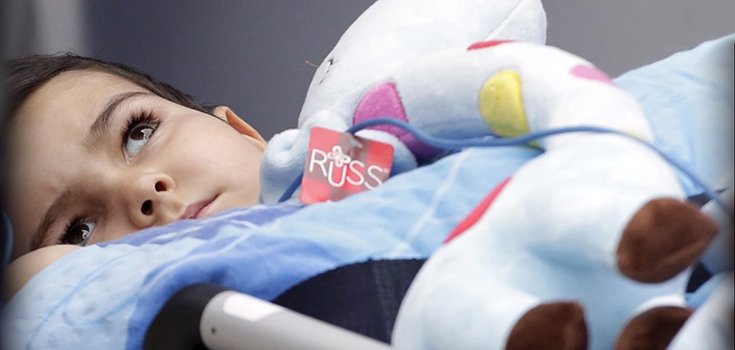Brain Cancer Now Deadlier than Leukemia for Children, Report Shows

Federal data has emerged demonstrating that brain cancer is now the deadliest form of cancer for children and teens. Previously, leukemia was the cancer that was most fatal for children.
According to the data provided by the Centers for Disease Control, in 1999, 1 in 3 children who died of cancer died of leukemia. One in four children with fatal cancer had brain cancer. By 2014, the numbers had reversed. [1]
The report stated:
“More than half of all cancer deaths among children and adolescents aged 1-19 years in 1999 and 2014 were attributable to either leukemia or brain cancer. A shift occurred during the period, with brain cancer replacing leukemia as the leading type of cancer causing death.”
And while the numbers have changed places, cancer deaths in children are on the decline as a whole. In the past 15 years, there has been a 20% decline in cancer mortality rates amongst children and teens. This new statistic does not reflect a rise in brain cancer cases, but instead demonstrates that fatalities amongst leukemia patients have dropped in the past 15 years, along with the general childhood cancer mortality rate. [2]
There are still more cases of leukemia diagnosed every year, but children and teens are more likely to die from brain cancer. Cancer is the 4th leading cause of childhood deaths, with accidents clocking in at number one. Suicide and murder come in at numbers two and three.
Sally Curtin, of the Centers for Disease Control, who worked on the report, stated of the advancement of leukemia treatment:
“Some types of leukemia that a generation ago were almost universally fatal are now almost universally treatable.” [3]


Because leukemia is a cancer of the blood, doctors are more often able to get to the root of the problem and treat it more efficiently. Brain cancer, however, is a different story. And while the advancements in the treatment of leukemia are generally good news, it does signal that doctors and researchers should be shifting their focus to experimenting with new ways of treating brain tumors and cancer.
Other fatal commonly childhood cancers include bone and articular cartilage, thyroid and other endocrine glands and mesothelial and soft tissue. When combined with the fatalities from leukemia and brain cancer, they make up 81.6% of all childhood cancer deaths.
According to the Mayo Clinic, symptoms of brain tumors may include:
- New onset or change in pattern of headaches
- Headaches that gradually become more frequent and more severe
- Unexplained nausea or vomiting
- Vision problems, such as blurred vision, double vision or loss of peripheral vision
- Gradual loss of sensation or movement in an arm or a leg
- Difficulty with balance
- Speech difficulties
- Confusion in everyday matters
- Personality or behavior changes
- Seizures, especially in someone who doesn’t have a history of seizures
- Hearing problems
It is suggested that you take your child to the doctor if he or she begins experiencing the aforementioned symptoms.
Sources:
[1] Fox News
[2] CNN
[3] The Guardian
